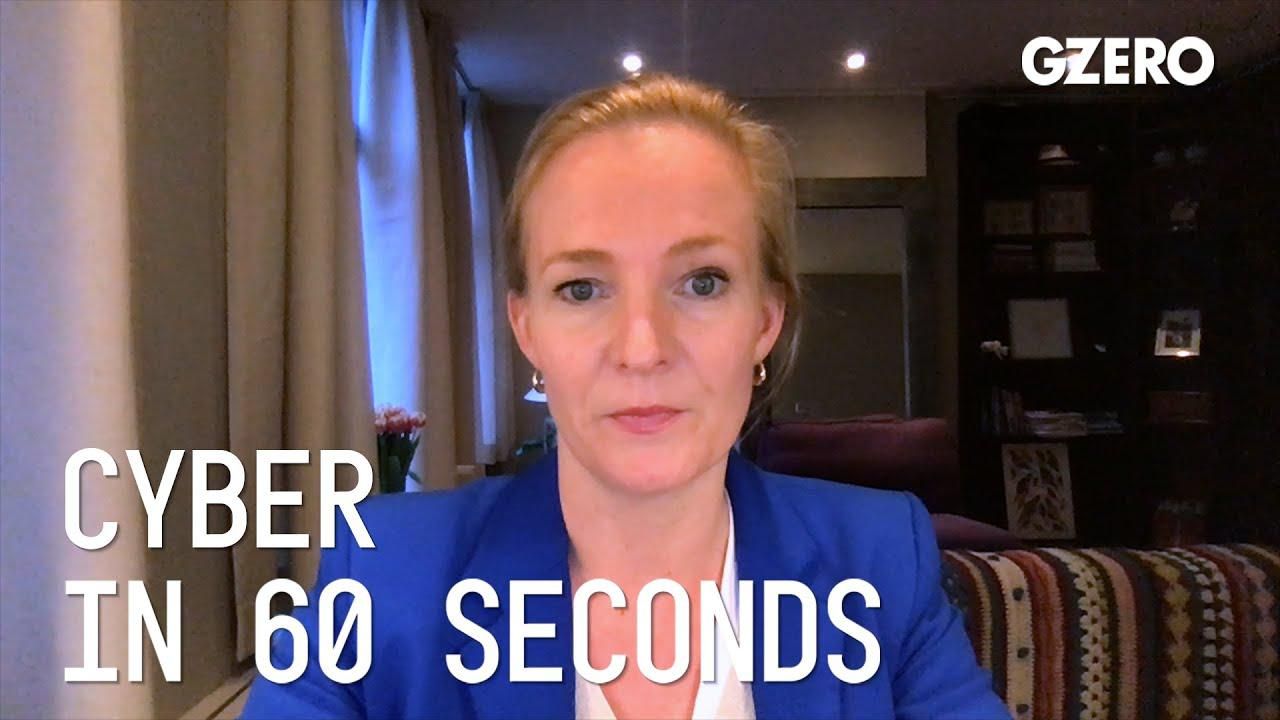
Marietje Schaake, International Policy Director at Stanford's Cyber Policy Center, Eurasia Group senior advisor and former MEP, discusses trends in big tech, privacy protection and cyberspace:
You may have heard that Jack Dorsey is selling his first tweet as an NFT in an auction, but what are NFTs?
Well, I had to do a little homework. NFT stands for "non-fungible tokens." They are unique digital files stored in a block chain and essentially a rare piece of data that becomes an asset. Also, because it can be authenticated. Now, actual ownership is one-off, unique, so unique that Christie's sold one of the highest paid pieces of art by a living artist ever as an NFT, for $69.3 million. And I guess just like with art on canvas, whether that was worth it is a matter of personal taste.
How do NFTs fit into or complicate the crypto landscape?
Now, for one, they're backed by some of the same investors that created crypto currencies. They're also growing exponentially in value, almost 300% in 2020 alone. So, I'm keeping an eye out for where we will be at the end of this year. But does this mean all upside and opportunity? Not so much. The environment, for one, is already paying a high price for all the crypto mining. And with so much hype, there are also questions about whether NFTs will remain available in the future.
- Cryptocurrency going mainstream but EU & US regulators face challenges - GZERO Media ›
- What is Coinbase, the first major cryptocurrency company to go public? - GZERO Media ›
- Do cryptocurrencies undermine US sanctions? - GZERO Media ›
- NFTs: Hype, mainstream growth - & implications - GZERO Media ›
- Crypto fans ignore its ups and downs - GZERO Media ›
- The US and EU further talks on technology governance - GZERO Media ›